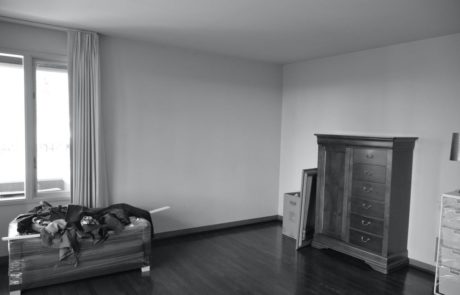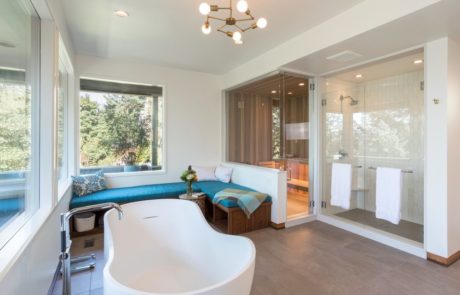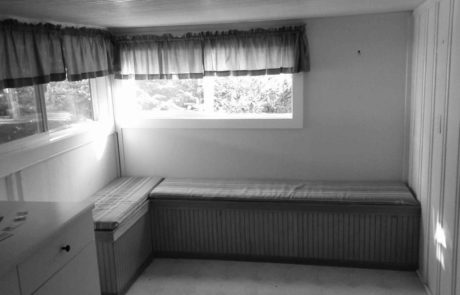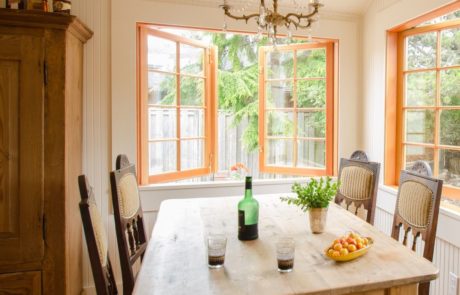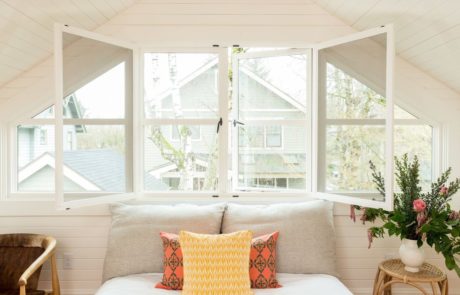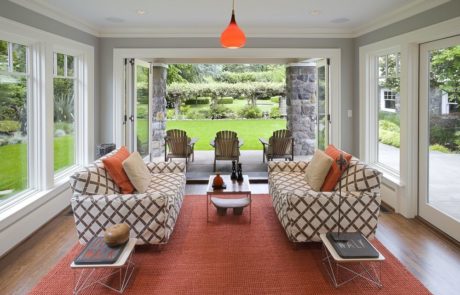Home renovations can revolutionize how you use your space, but they can also be very expensive. Here are a few good rules of thumb for controlling costs and nailing your remodel:
1. Set a Budget
Decide in advance how much you’re willing to spend, and give yourself a budget cushion for unforeseen costs (they’re inevitable). Consult with an architect about how to achieve your vision within those limits, and then do some research on materials and contractors. There are many opportunities to save money on supplies, including repurposing and reusing items. Starting out with a clear plan and a clear budget can help you be realistic about what you take on, and put you in a strong position when the inevitable surprises crop up.
2. Prioritize and Pace Yourself
If you’ve been wanting to remodel your whole house, but you find that it’s beyond your budget, think about what projects will make the biggest difference. Put off that new guest bedroom that’s only used once per year, and tackle the aging bathroom first. Focus on areas that you use every day to get the maximum benefit from your work. Think about your renovation in phases: not only will this give you stopping points to control your spending, it will ensure that the most important changes are the ones that happen.
3. Focus on the Bones
Moving walls or adding new windows can often be a better use of your budget than installing high-end appliances or fixtures. Improving the flow, light, and proportions of a room can make a big impact. On the flip-side of this, always take the underlying structure of the house into account when choosing which walls and appliances to move. Where plumbing, electrical, or foundation work is involved, you might consider leaving things in place to control costs. It’s often best to keep the sink where it is: there’s a balance to strike.
4. Think Long-Term
If you’re going to spend the time and money to make major changes, try to avoid trendy or low-cost items that will need replacing in the near future. It’s better to spend a little extra now and get the long-term payoff of sturdy doors and windows. Be bold with statement lighting, but keep it classic with items that are hard to replace. It’s also important to consider whether certain design elements will look dated in a few years, and if changing them out will be costly. A good rule of thumb in saving money is to do things once, and have them serve you for a long time.
5. Build the Home You Want
Many people get caught up in concerns about resale value when designing their space. This is an important factor, but there is also a limit. Remember that this is your home, and the biggest reason to renovate is to make your space into something you want to live in. After all, if you like it, there’s probably somebody else who will. Prioritize doing a quality job that will last for the long haul, and otherwise set your imagination free.


